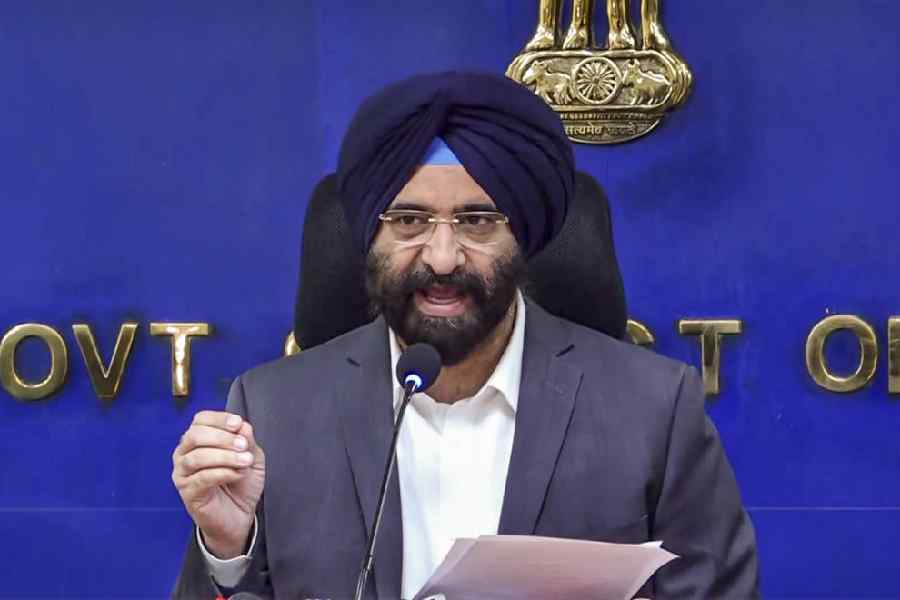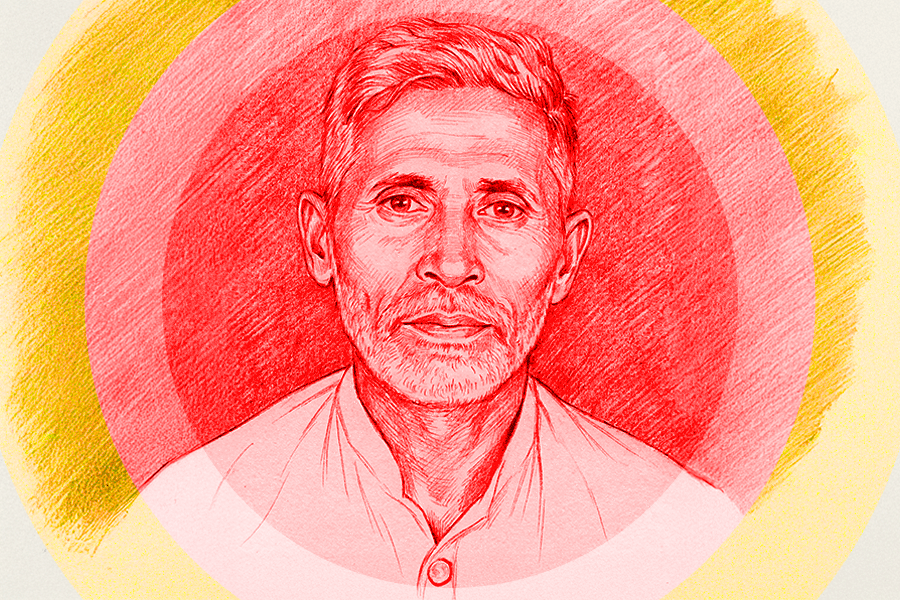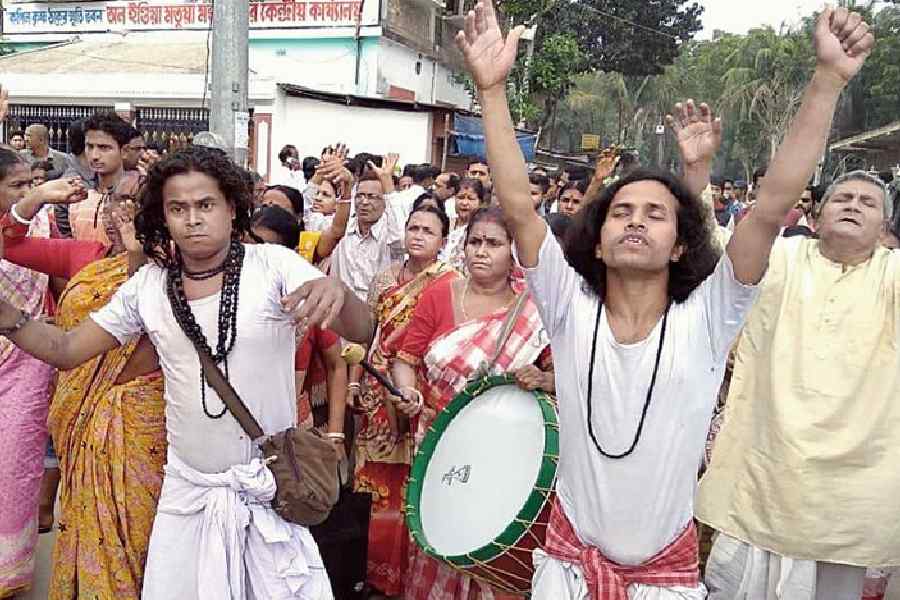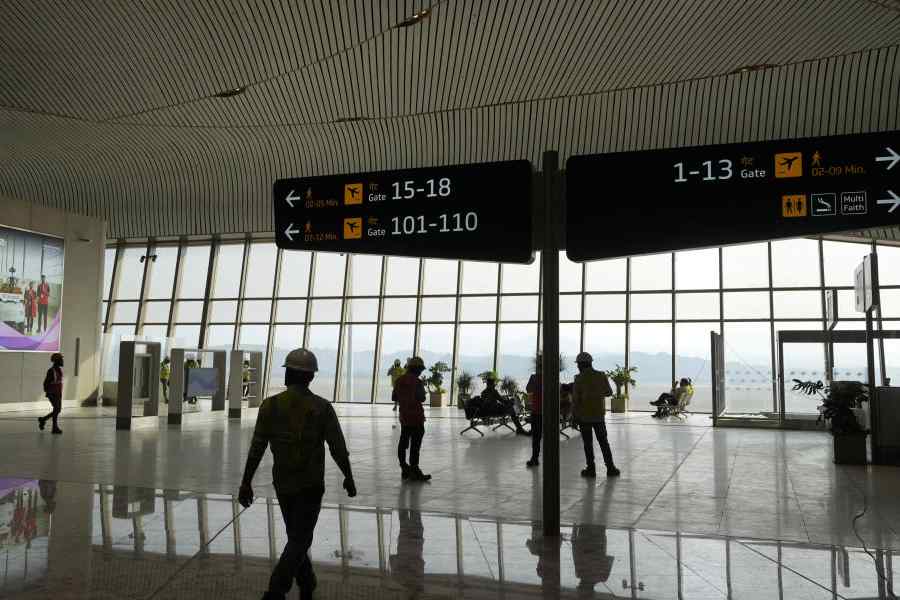 |
| Birhor children participate in a painting competition in this file picture |
Giridih, April 28: Six-year-old Pinki and her friends Phul Kumari (10), Suraj (13) and Damni (14) are ready for the big day — when they will sing for the governor at a cultural programme at the Raj Bhavan on May 3 and 4.
All four belong to the endangered Birhor community — one of the most backward primitive tribes of the state — and live in Bagoder block.
For district administration officials who met Pinki and company recently after seven months, the change was startling. Gone were the dirty, semi-clad urchins. Instead they came across a group of school-going children who not only excelled in studies, but extra-curricular activities as well.
All thanks to an integrated development plan put in place by deputy commissioner Vandana Dadel eight months ago.
While Pinki sang like an angel, her friend Manoj could recite one nursery rhyme after another, in English. Six months ago, the children could not speak any other language but their native Santhali. Today, they play games on their common computer and all the children speak Hindi fluently.
They are among the 490 Birhors living in the five tolas of Pipradih, Kala Paththar, Amnari, Kali Chattan and Budha Chanch in Bagoder. In all, there are 64 children between aged between six and 14.
Just as the children have caught up on their studies in the last six months, their elders have become aware of their rights.
According to the plan, five NGOs were made responsible for one Birhor settlement each. Members of the NGOs were told to live with the Birhors, in their areas. Each NGO, in turn, selected four volunteers and trained them to live in Birhor localities.
The four volunteers started by living in small rooms which also served as bridge course residential schools in the five tolas. Then came the task of reaching out to the Birhors and coaxing them to send their children to the schools.
Mahadev Mahto, who had been teaching at the only government school in the vicinity, at Pipradih, for the last seven years, stepped in to help the administration. “When I first came here, none of the children could speak a word of Hindi. So I had to learn Santhali to win their confidence,” he said.
While Mahto’s students were tackling Hindi, English and mathematics lessons, those in the other tolas were being put through the paces with preparatory classes.
The administration also opened minor anganwadi centres to provide foodgrains to the Birhors. “We have been told to take special care so that there is no shortage of foodgrain,” said Gajala Yasmeen, the supervisor of the five centres.
Now, each of the five tolas boasts a residential school, anganwadi centre and self help group (SHG). Said an official who involved with the plan: “Earlier, the Birhors used to run away whenever they saw our cars approaching. Now they come up and tell us what they need. That is the level of trust.”
The results are there for all to see. Instances of drinking, child trafficking and migration are down to almost zero. To win the trust of the tribals, the administration has been providing them with livestock they want, as they send their children to school.
As many as 26 Birhor youths have been selected to appear for the entrance test for the post of constable in the police force.
And with progress has come the biggest achievement of all, alienation from rebels in this Naxalite stronghold.











